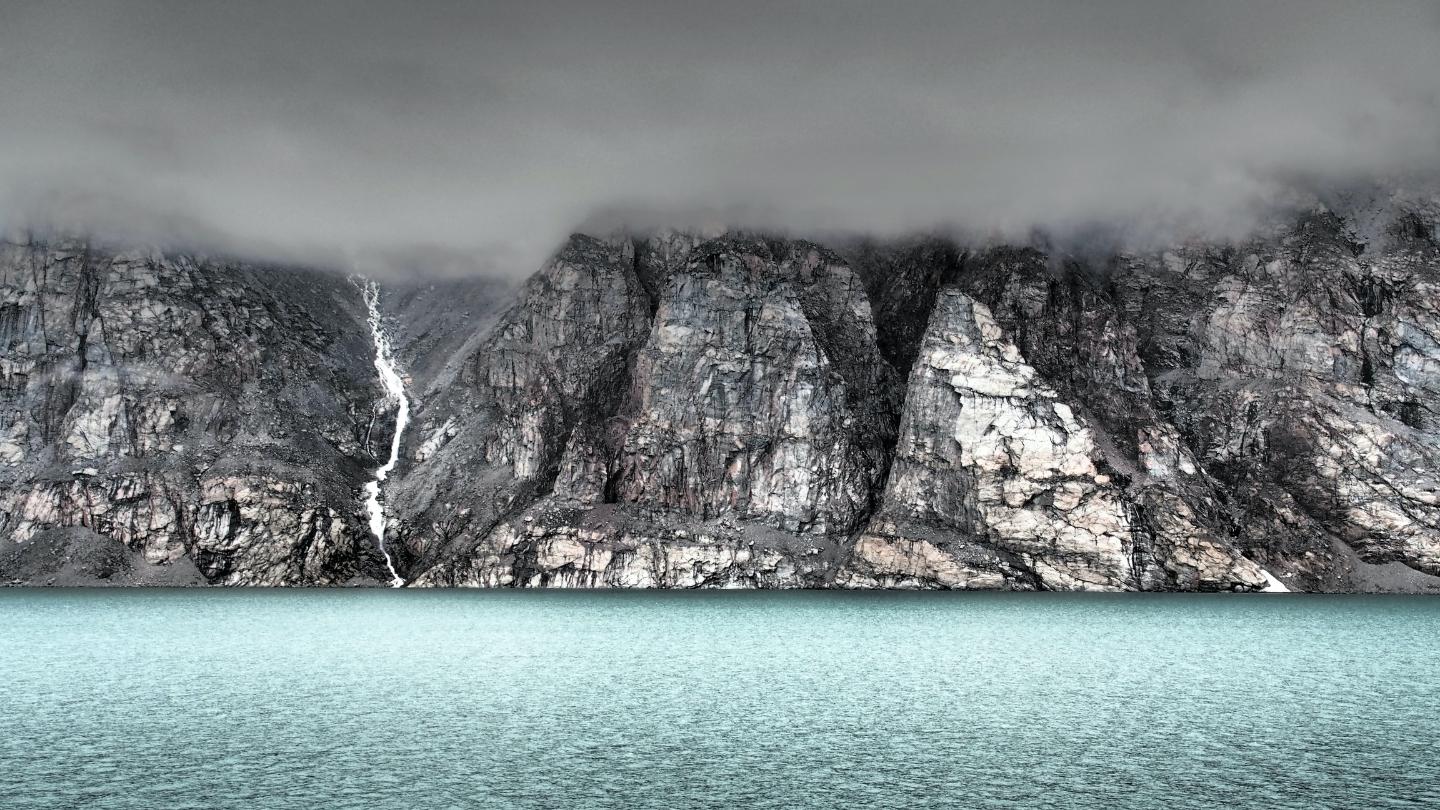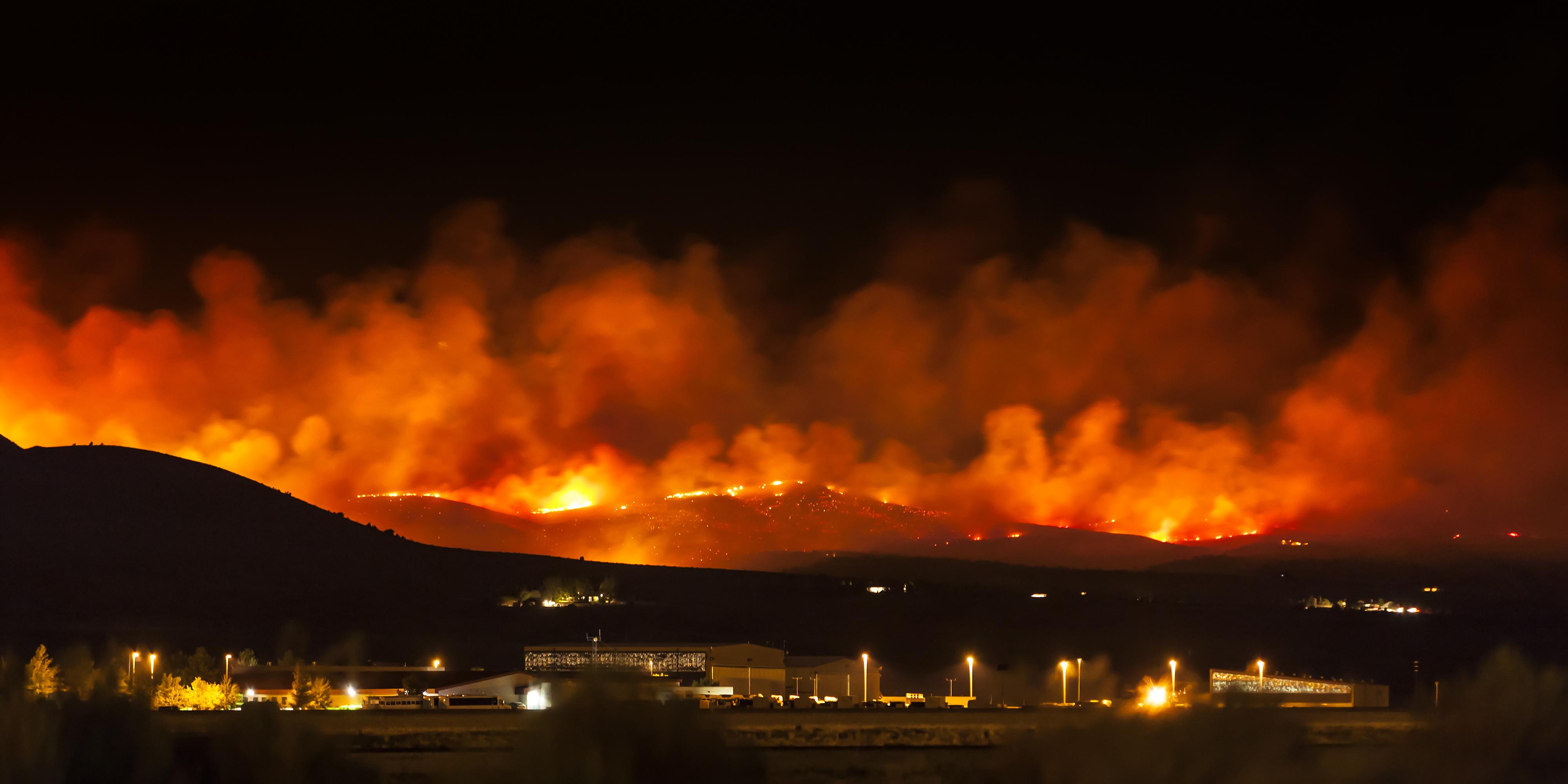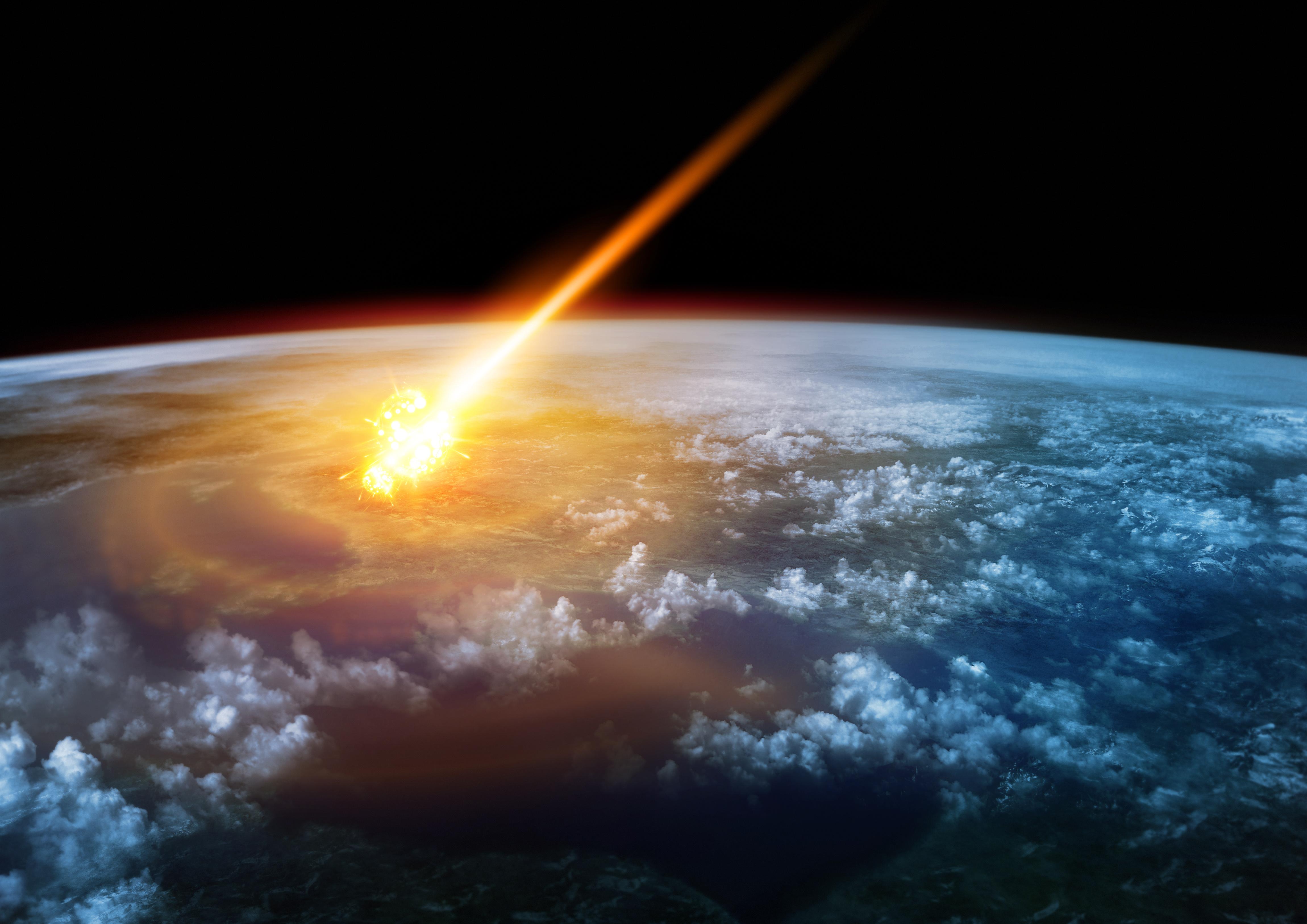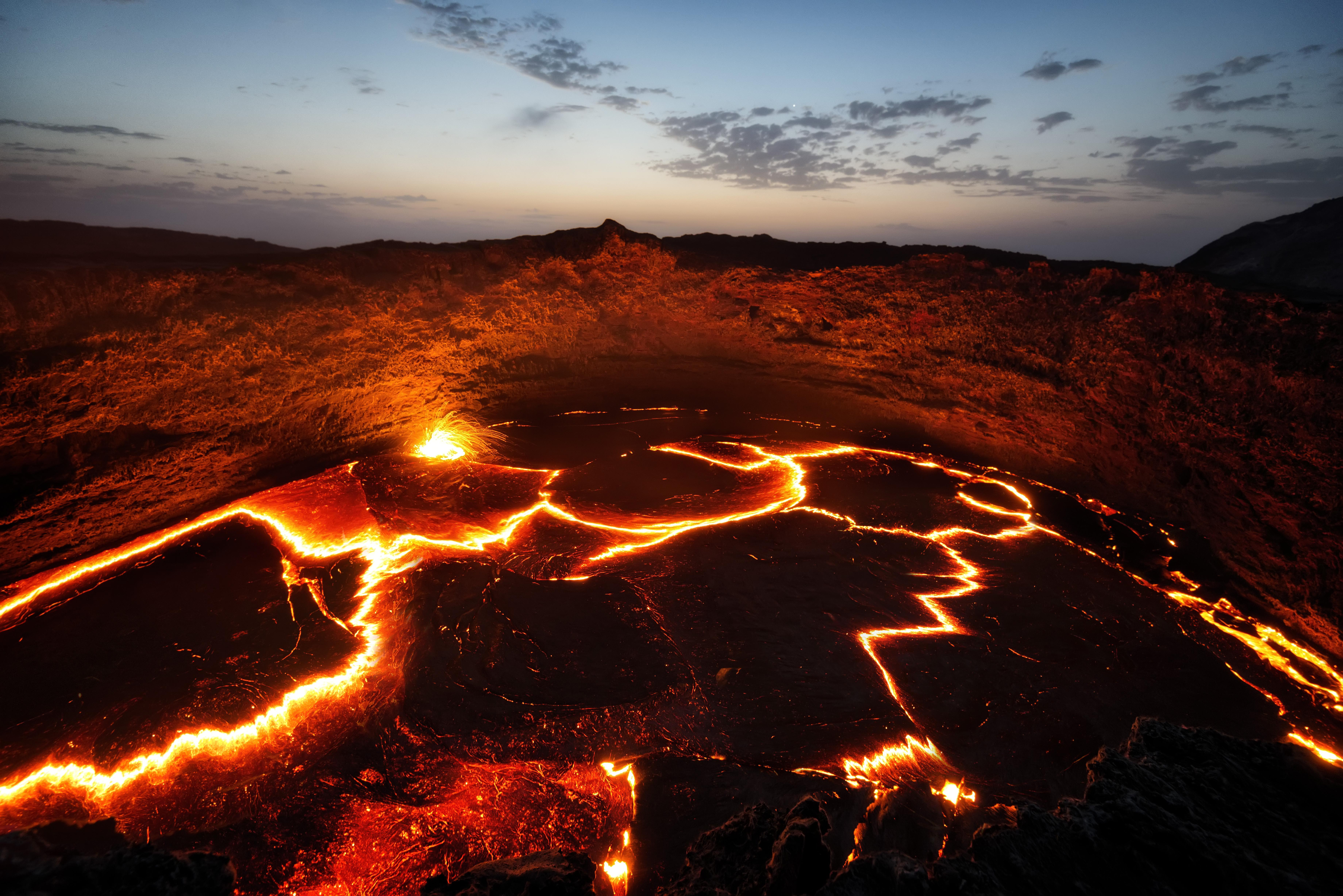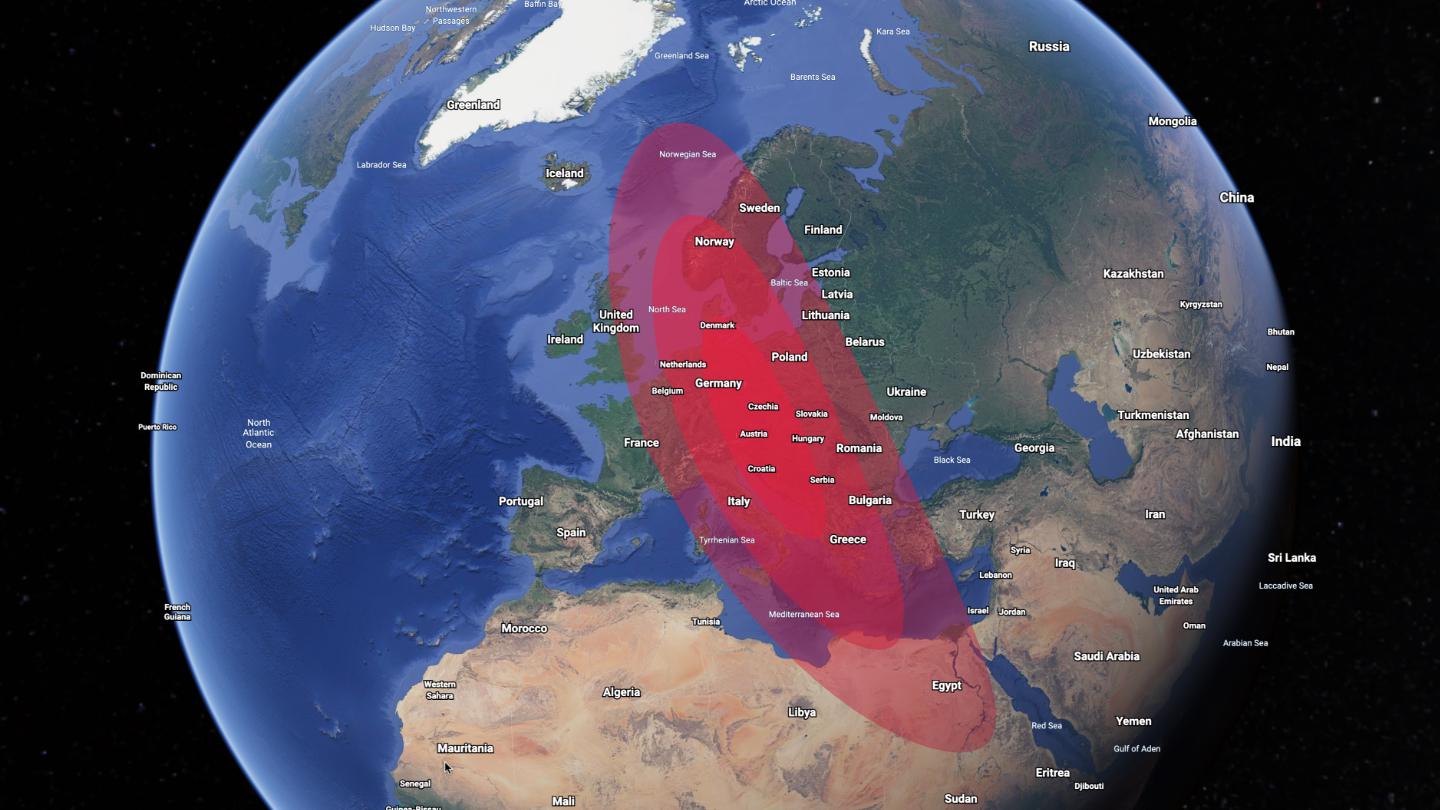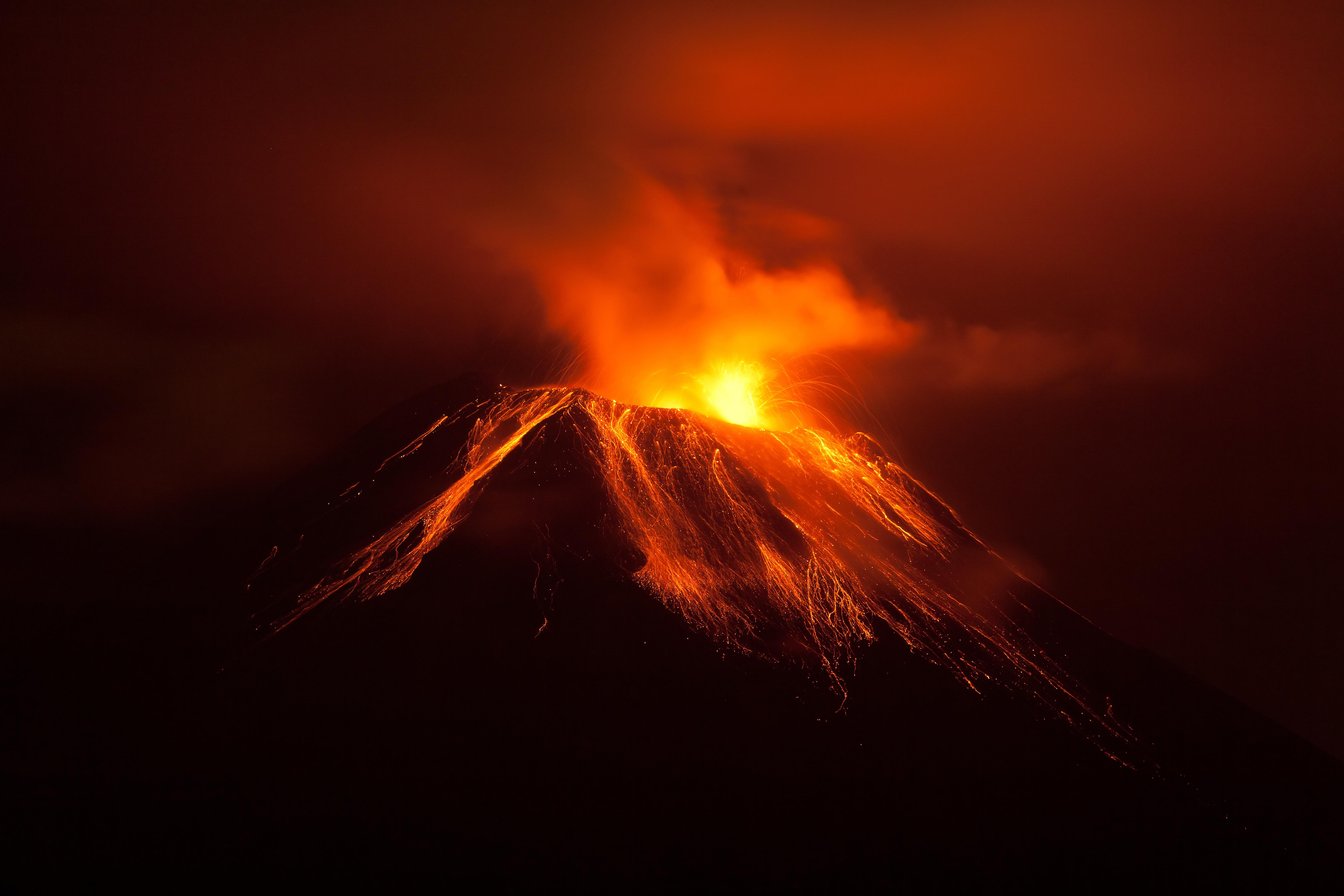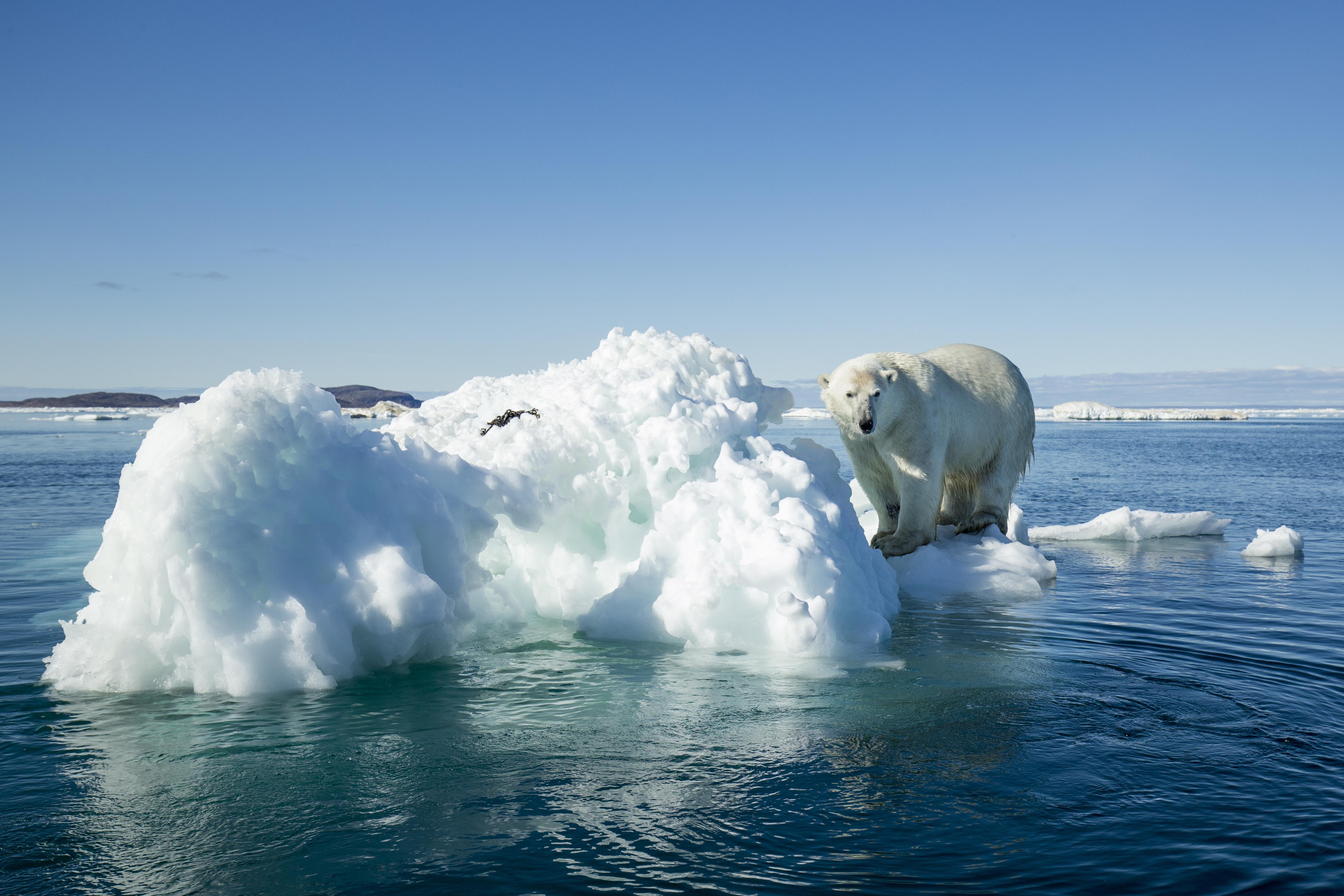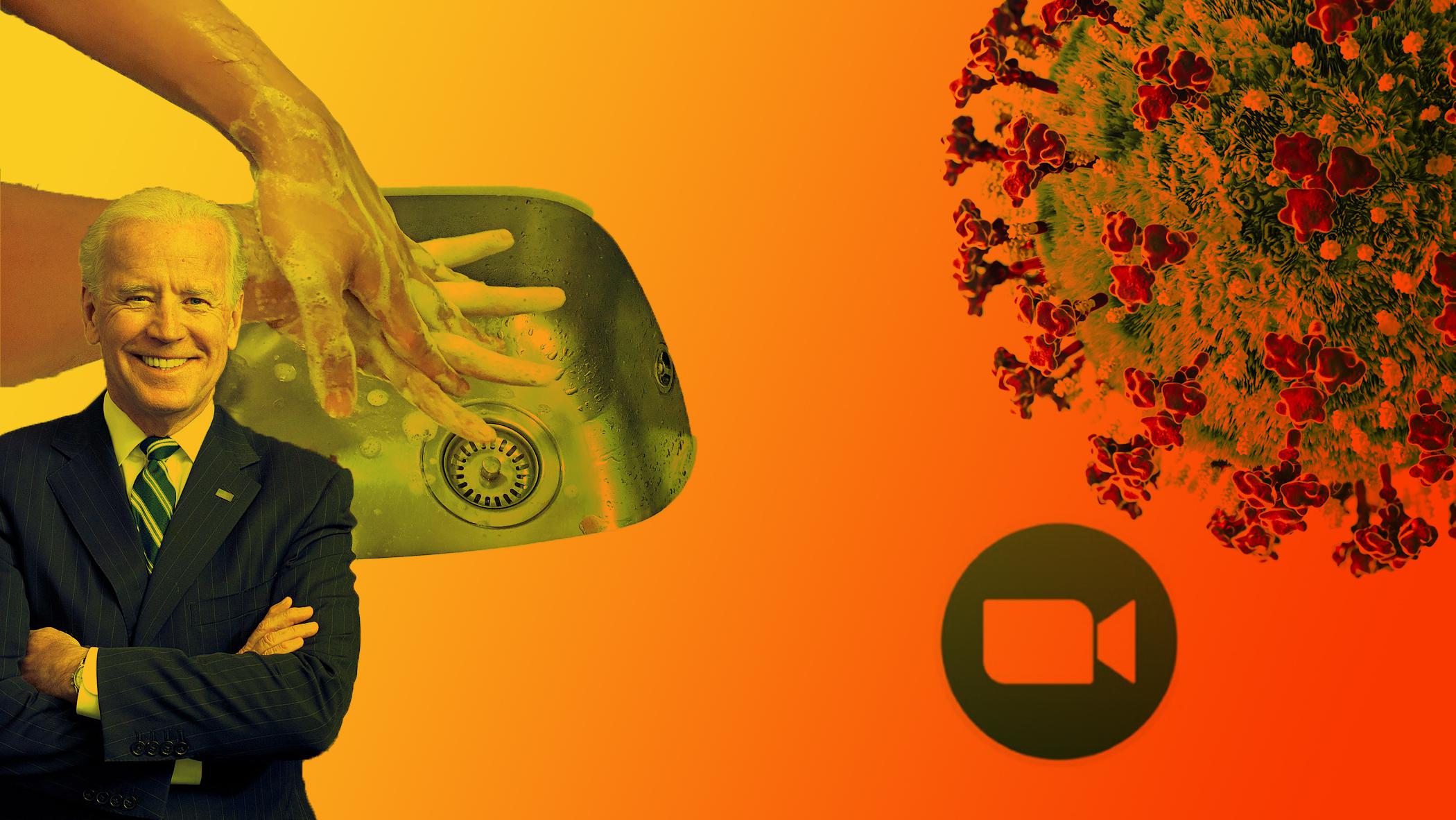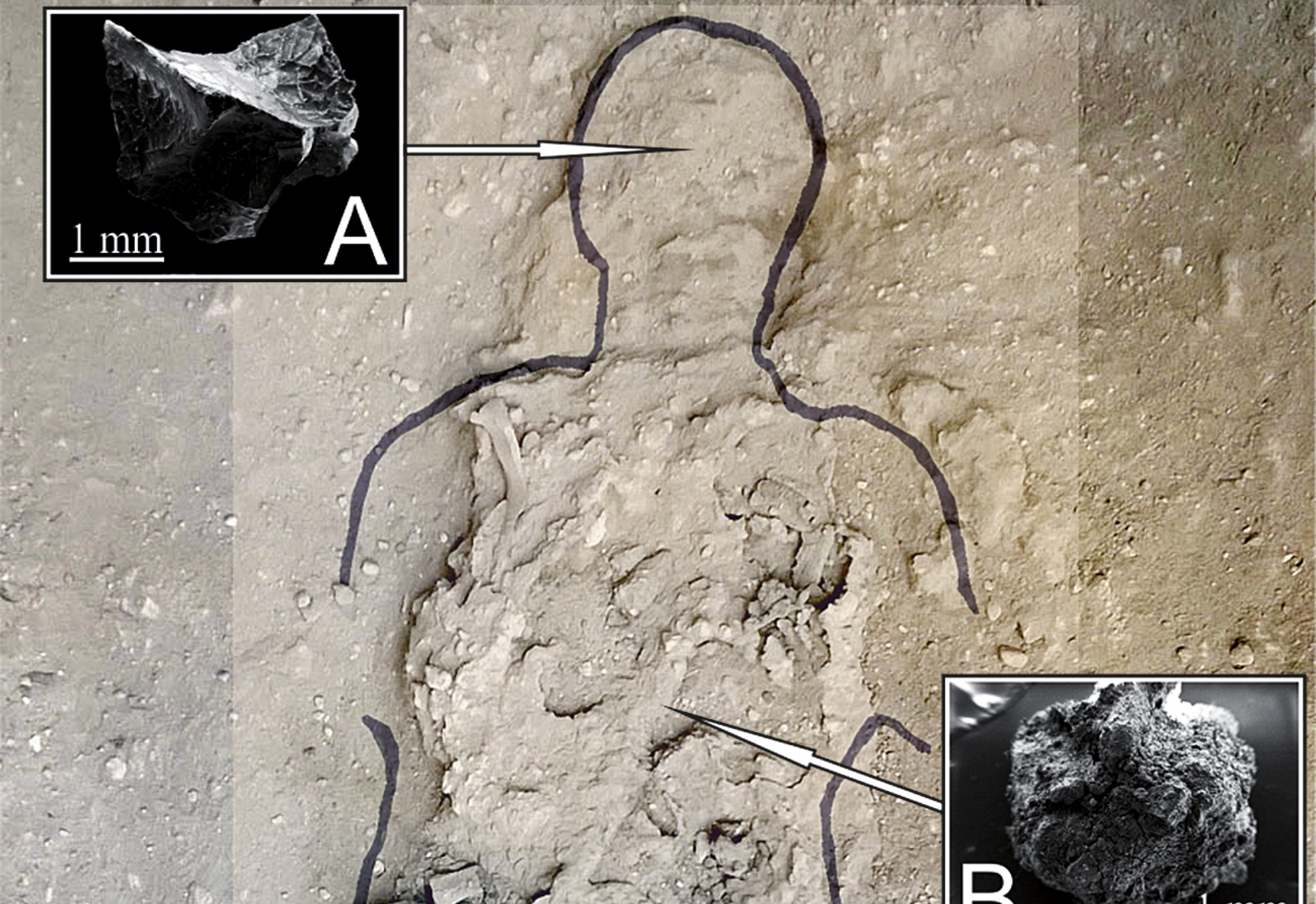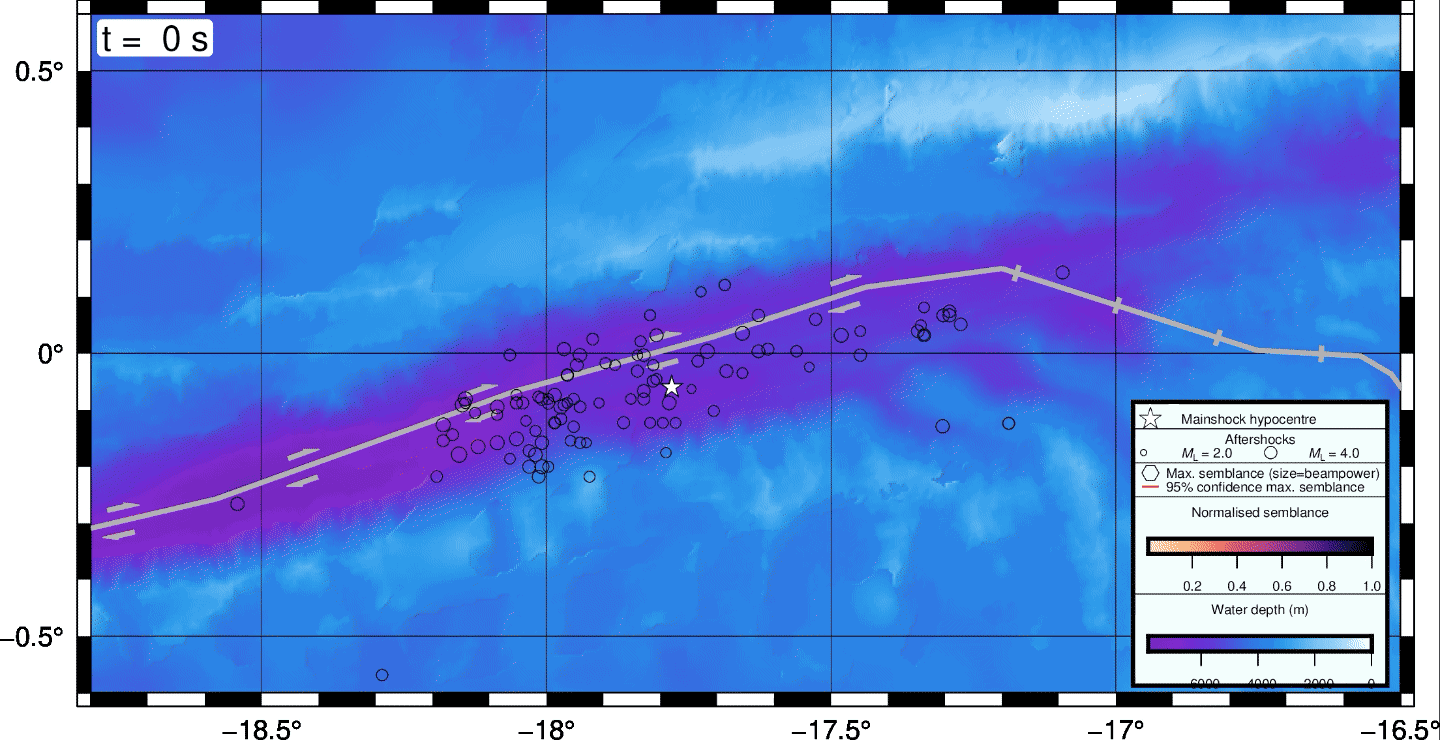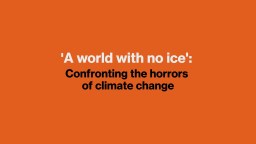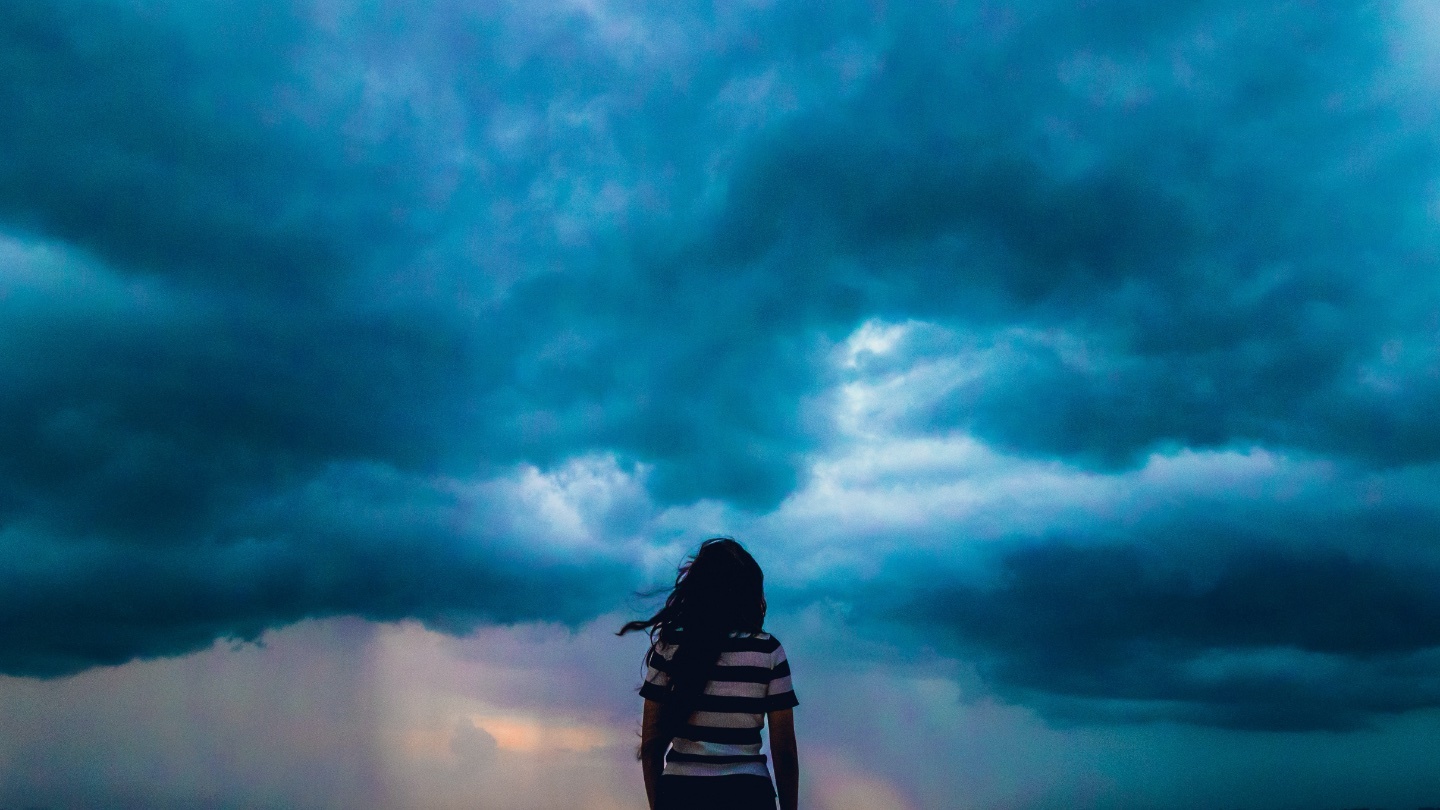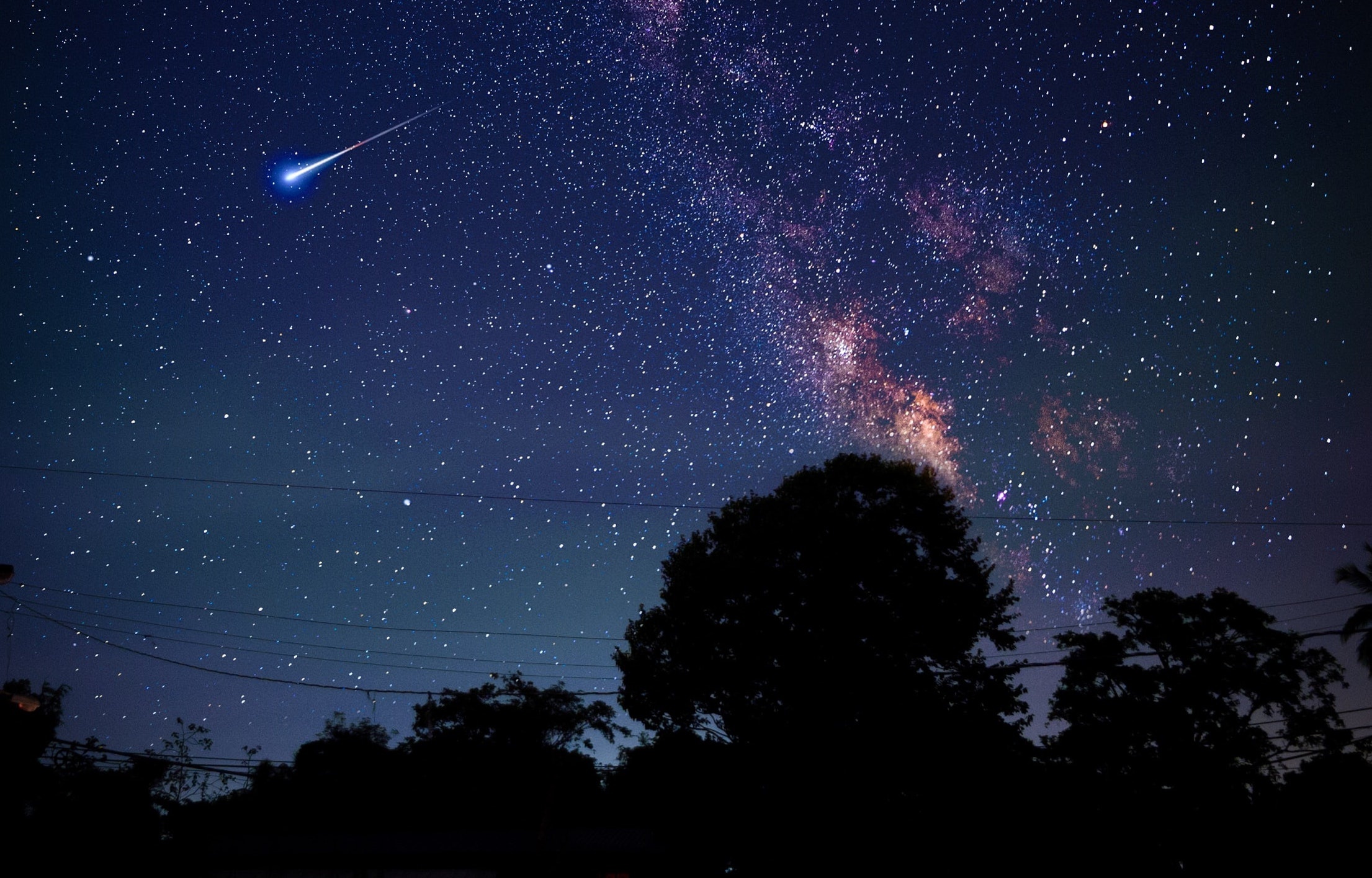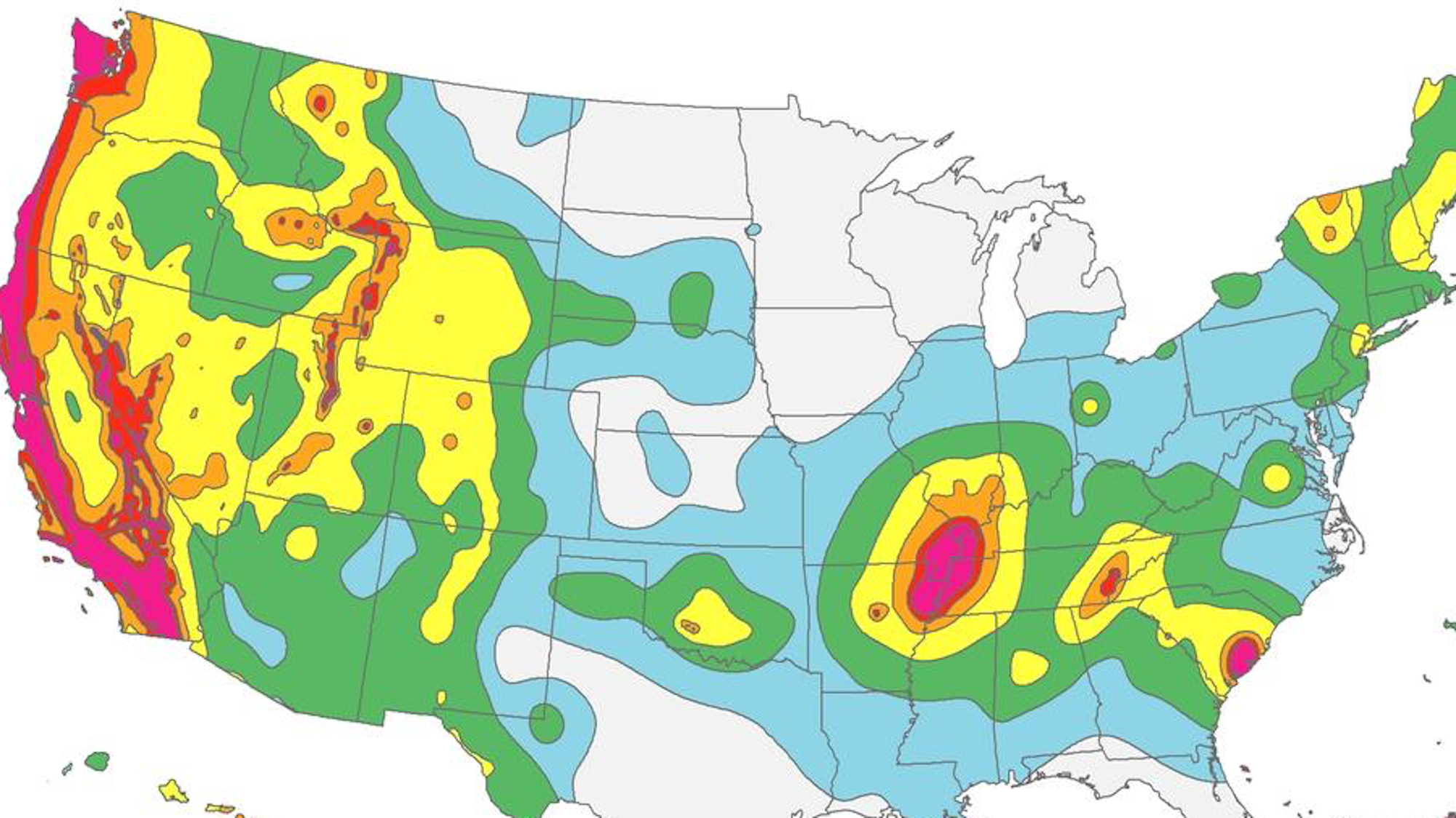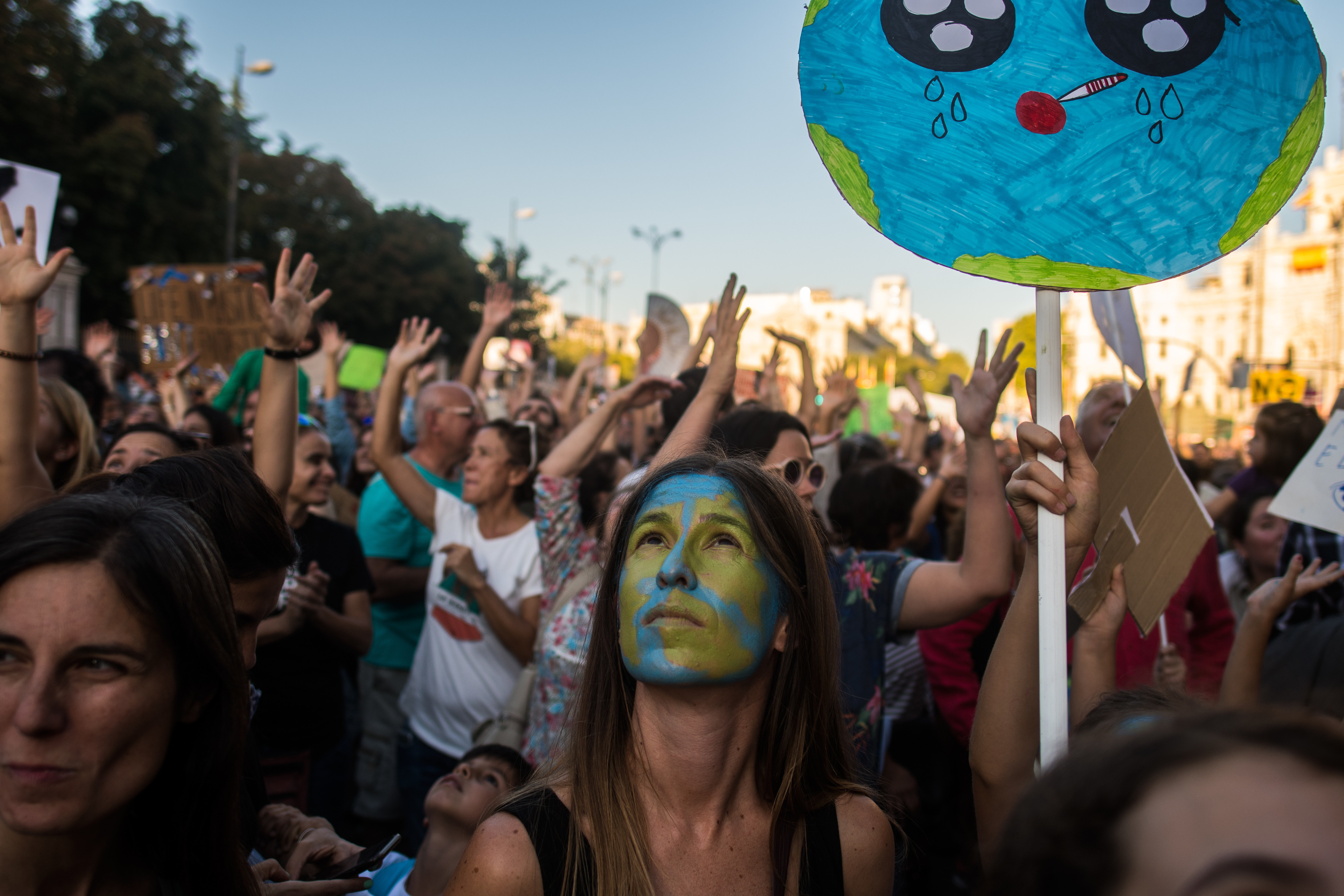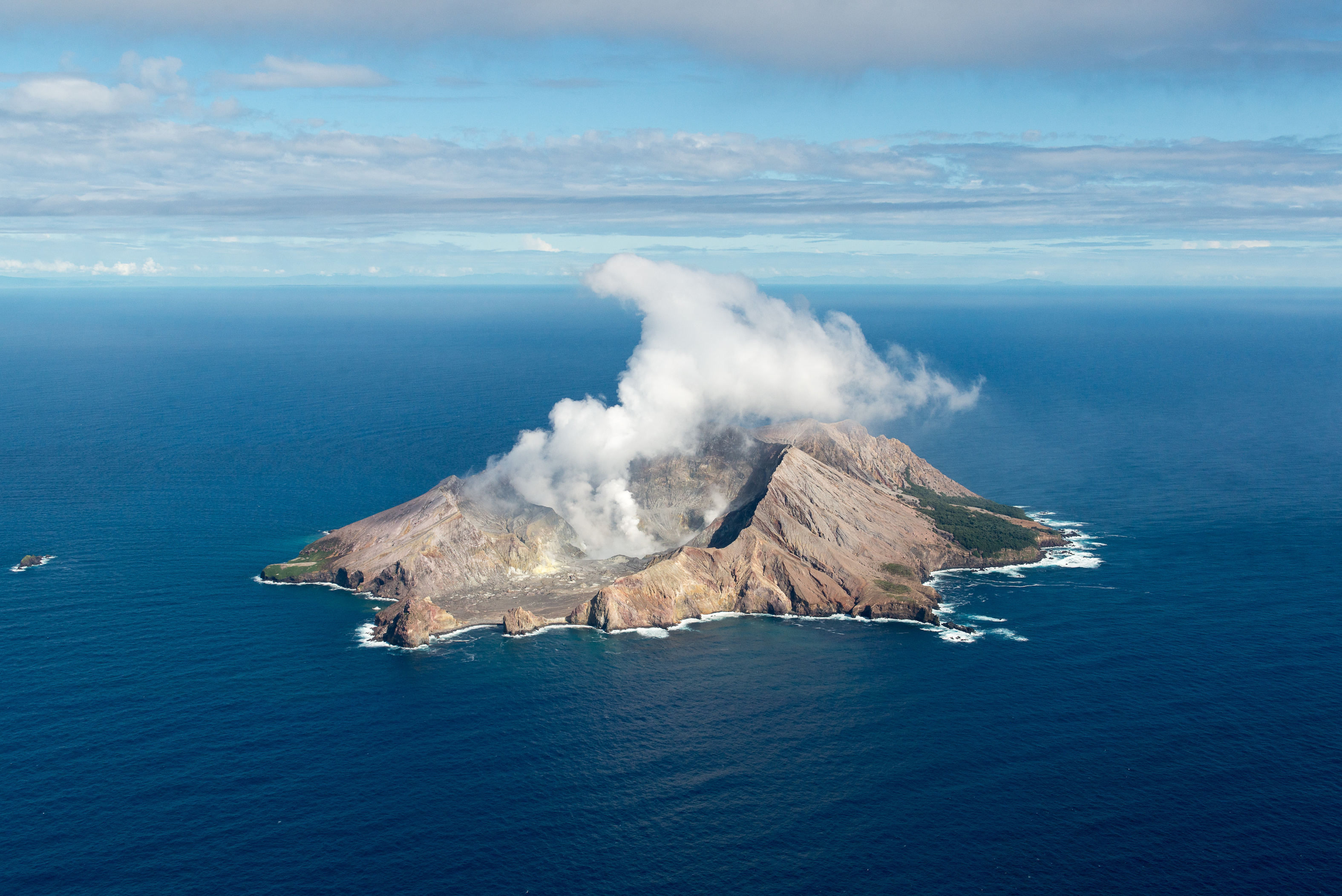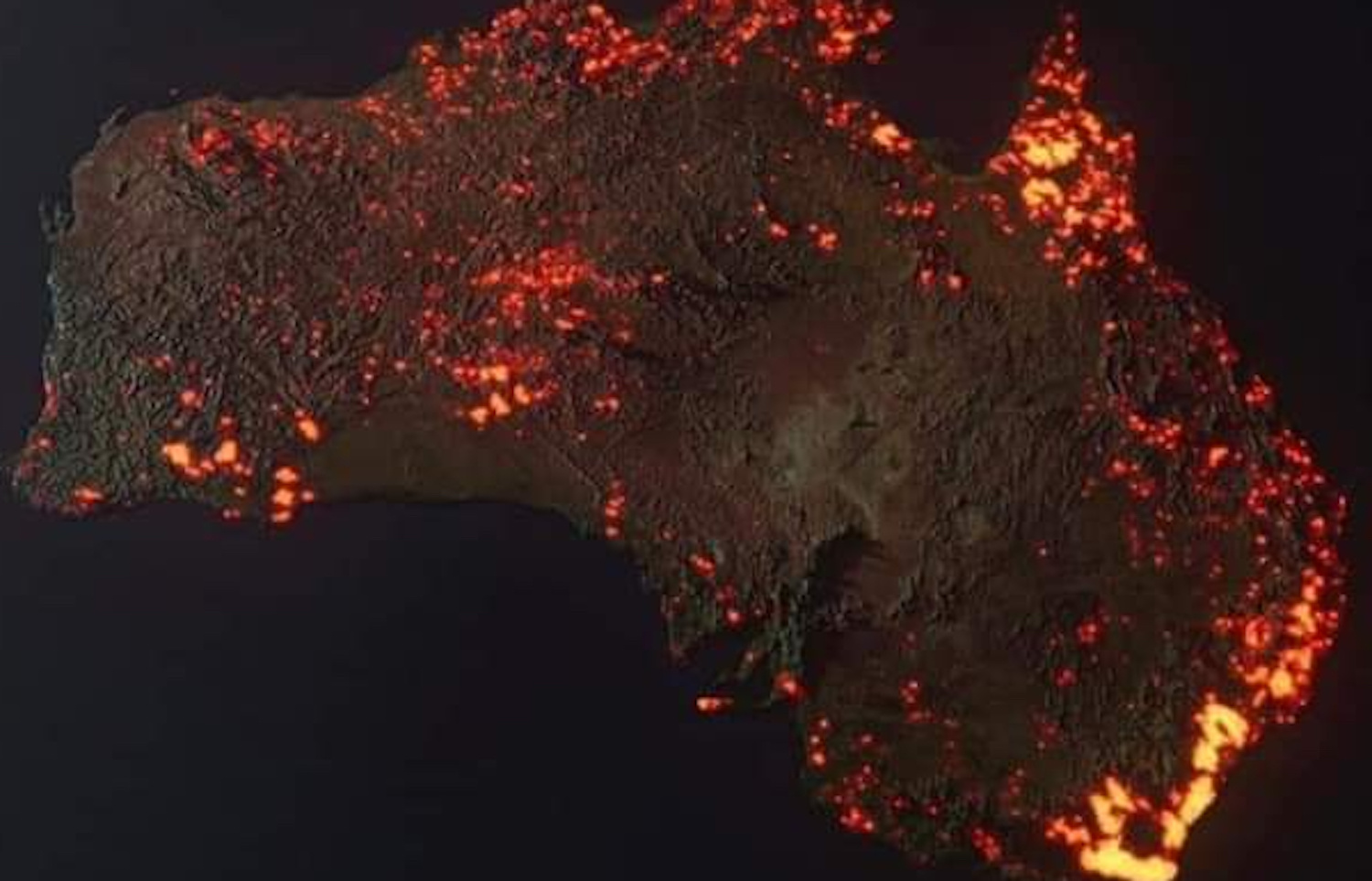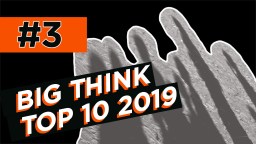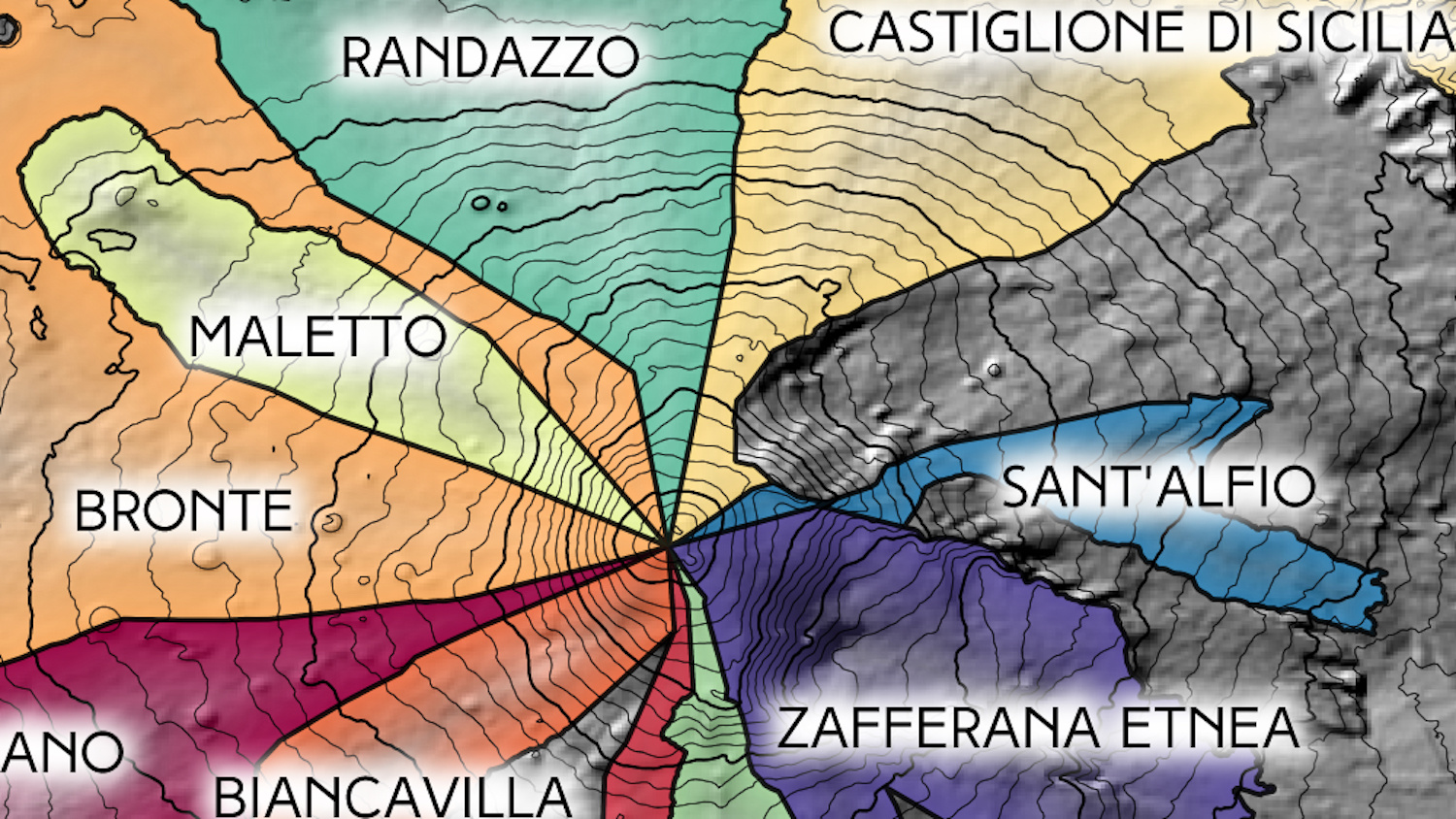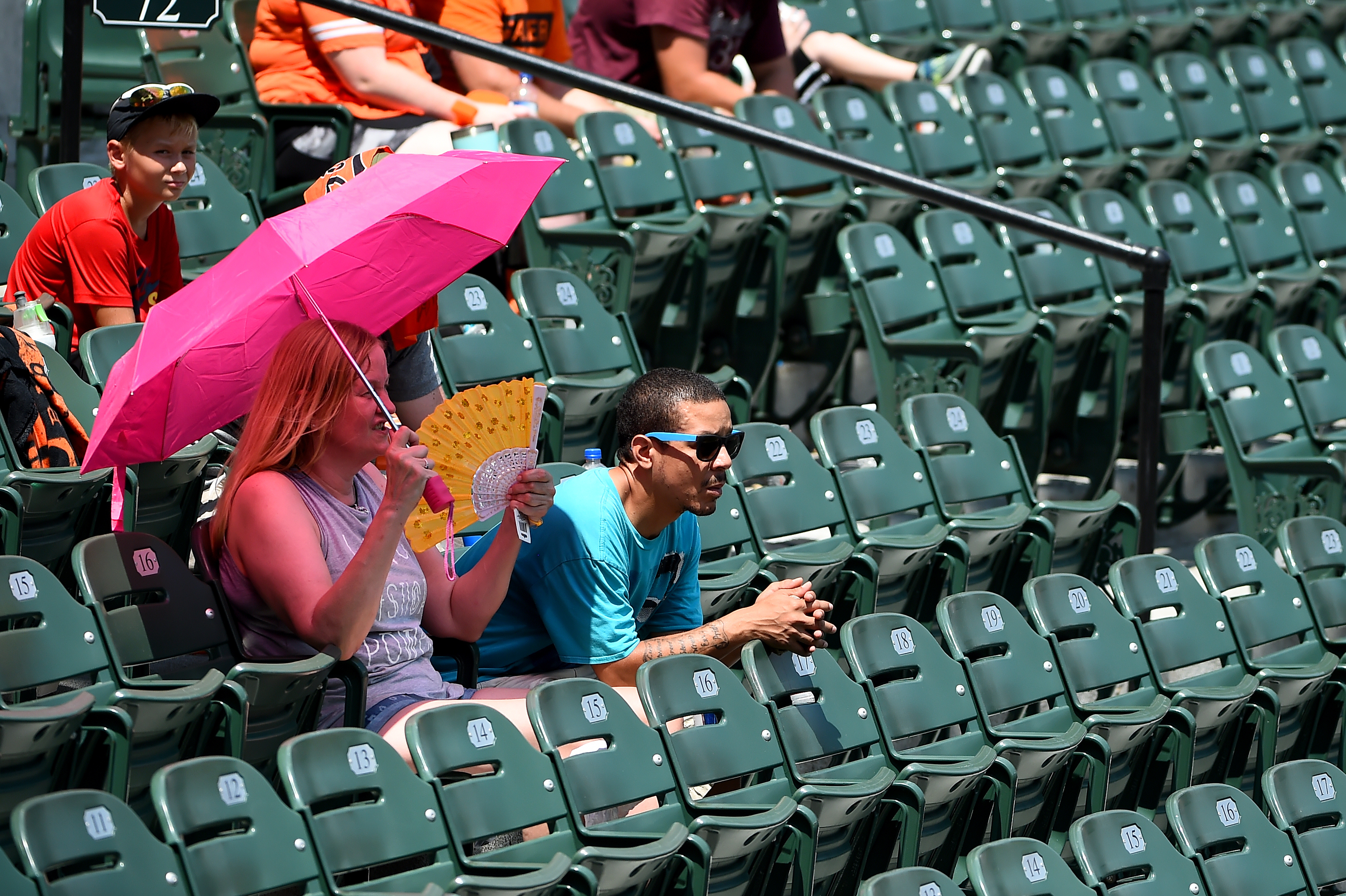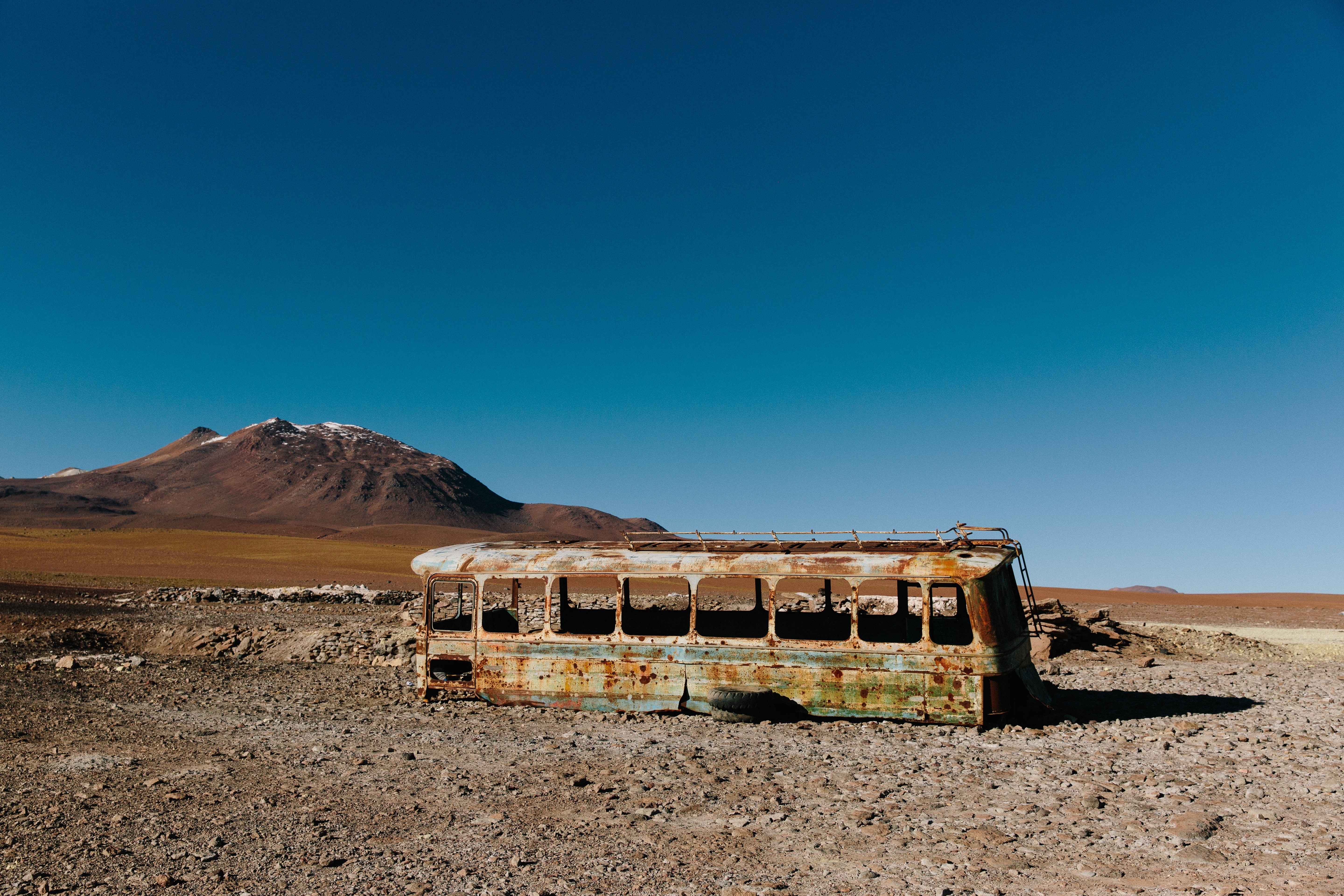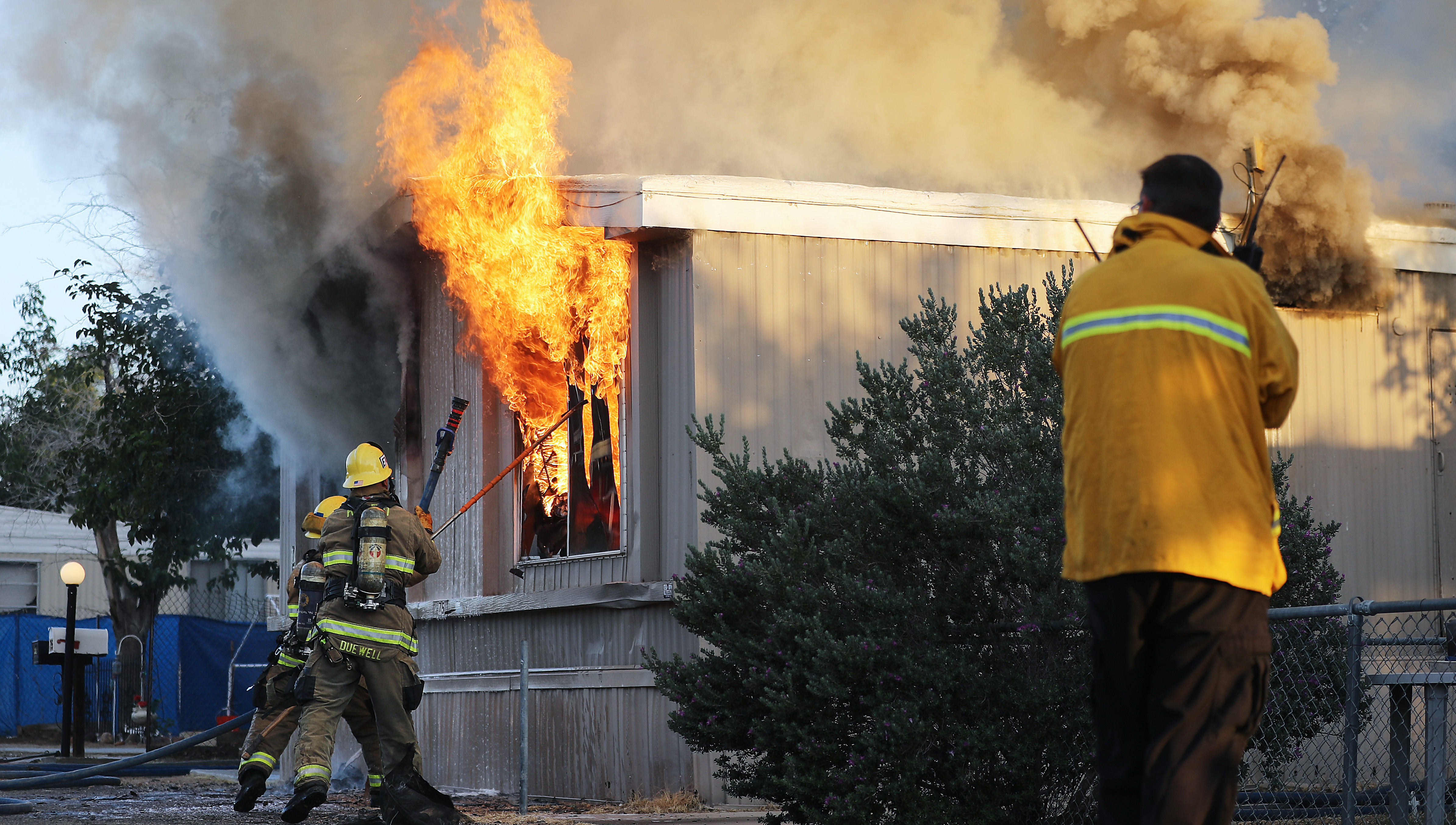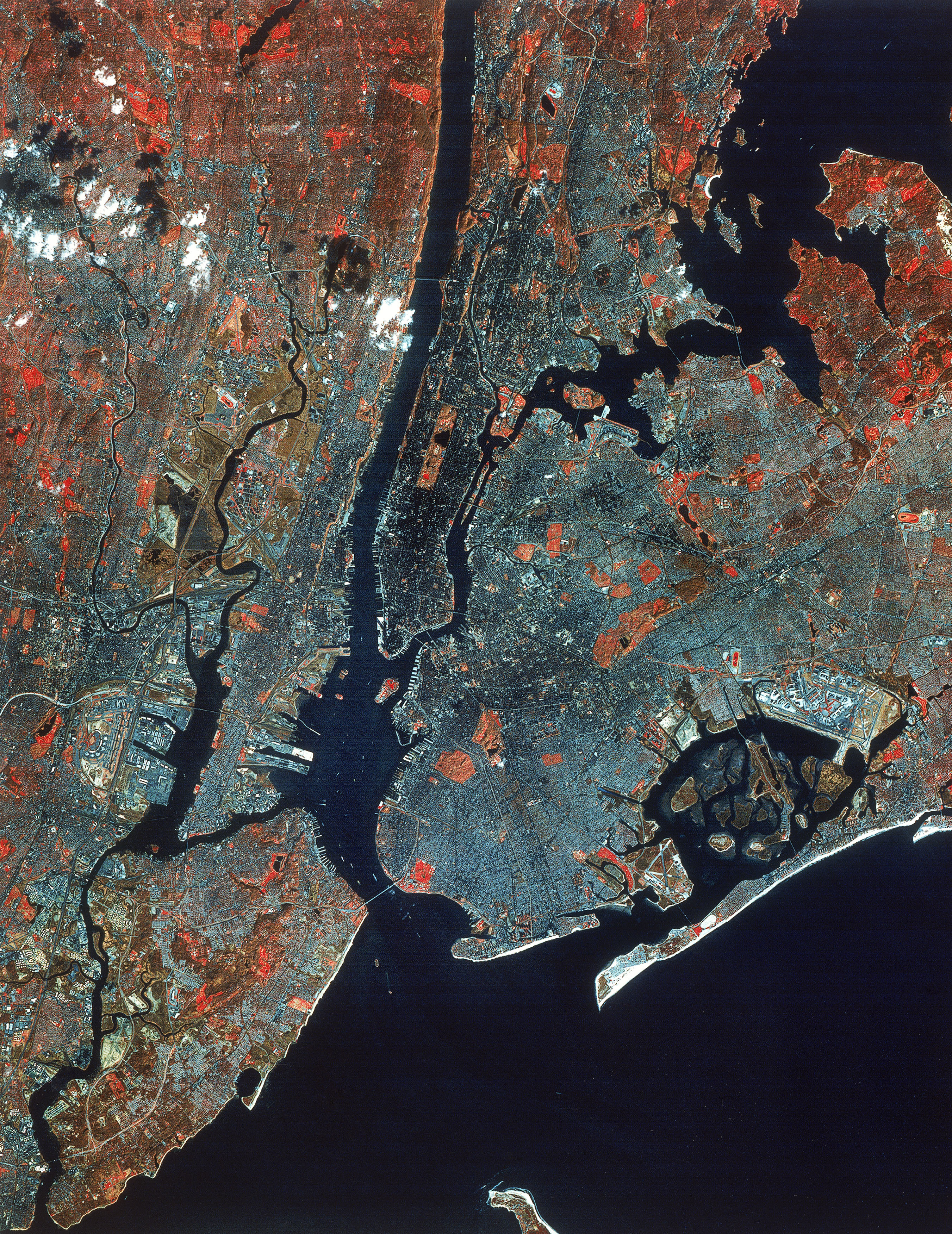natural disaster
Icebergs aren’t just a threat to unsinkable ships. Their ability to cause underwater landslides poses a danger to coastal cities.
A new study mapped areas of the U.S. that are most likely to suffer natural disasters.
The Younger Dryas impact hypothesis argues that a comet strike caused major changes to climate and human cultures on Earth about 13,000 years ago.
The Taupo volcano was responsible for one of the most violent eruptions on record.
Even with six months’ notice, we can’t stop an incoming asteroid.
A recent study of Iceland’s Krafla volcanic caldera suggests hidden magma pools may be lurking under many of the world’s volcanic systems.
Satellite imagery can help better predict volcanic eruptions by monitoring changes in surface temperature near volcanoes.
The chariot survived ancient eruptions and modern-day looters to become a part of the world heritage site.
In a joint briefing at the 101st American Meteorological Society Annual Meeting, NASA and NOAA revealed 2020’s scorching climate data.
Google’s “Year in Search 2020” results reveal a year when “why” was searched more than ever.
The young man died nearly 2,000 years ago in the volcanic eruption that buried Pompeii.
Seismic data from 2016 reveals a rare bi-directional boomerang earthquake.
The complacent majority needs to step up and call for action on climate change.
▸
22 min
—
with
It looks like a busy hurricane season ahead. Probably.
Fires pose a major health risk to people living near irradiated sites.
MIT engineers devise a decision map to identify the best mission type to deflect an incoming asteroid.
Minnesota earned its ‘blue mark’ in the 1975 Morris earthquake, which had its epicenter in the western part of the state.
Global warming appears to be front of mind for people worldwide.
Plate tectonics and mantle plumes set the lifespan of volcanic islands like Hawaii and the Galapagos.
Viral ‘photo’ is composite image, but other map shows true and growing size of devastation
Third on the Big Think 2019 countdown reveals this is what the world will be like if we do not act on climate change.
▸
7 min
—
with
Venice’s mayor, Luigi Brugnaro, said the city was “on its knees.”
The summit of Europe’s most active volcano is also the world’s only decipoint.
A new report argues that we stand to gain a lot economically by investing in 5 key areas.
Suicide rates in Puerto Rico have risen by a third since Hurricane Maria.
2019 could prove to be the second-hottest year on record.
The Doomsday clock has never been closer to midnight.
Scientists discover how to predict megaquakes earlier to improve warning systems.
The world’s richest people could breeze through a climate disaster – for a price.
Gigantic explosions of light are reverberating across the universe.
▸
7 min
—
with
